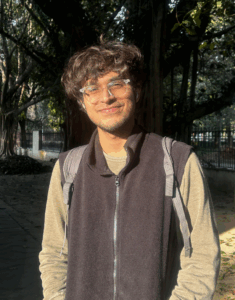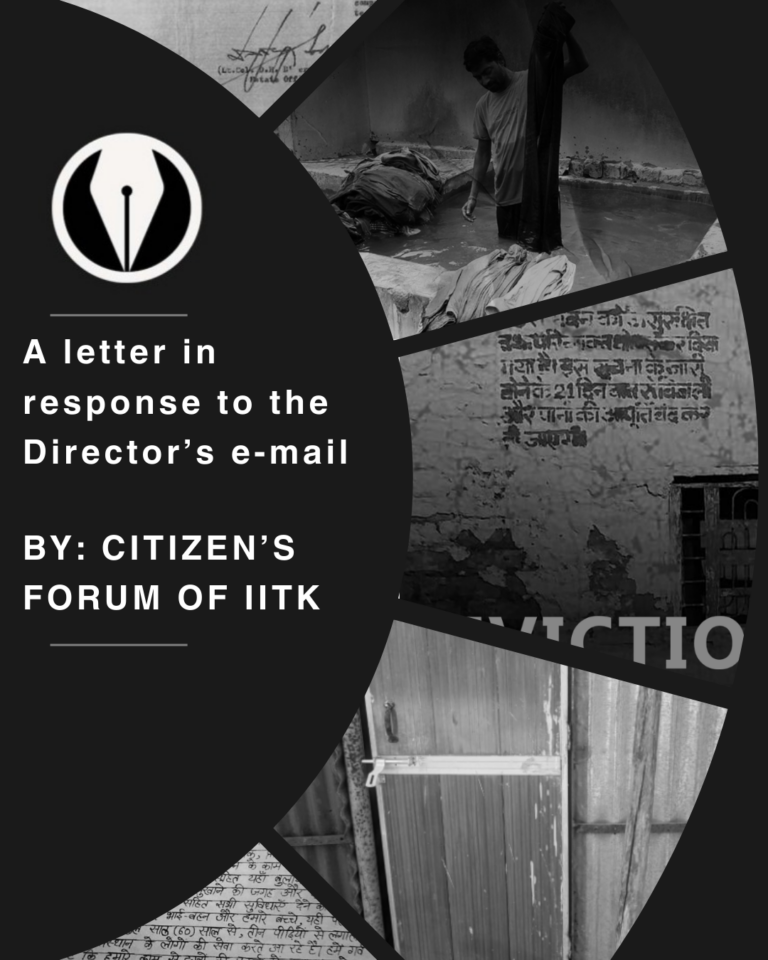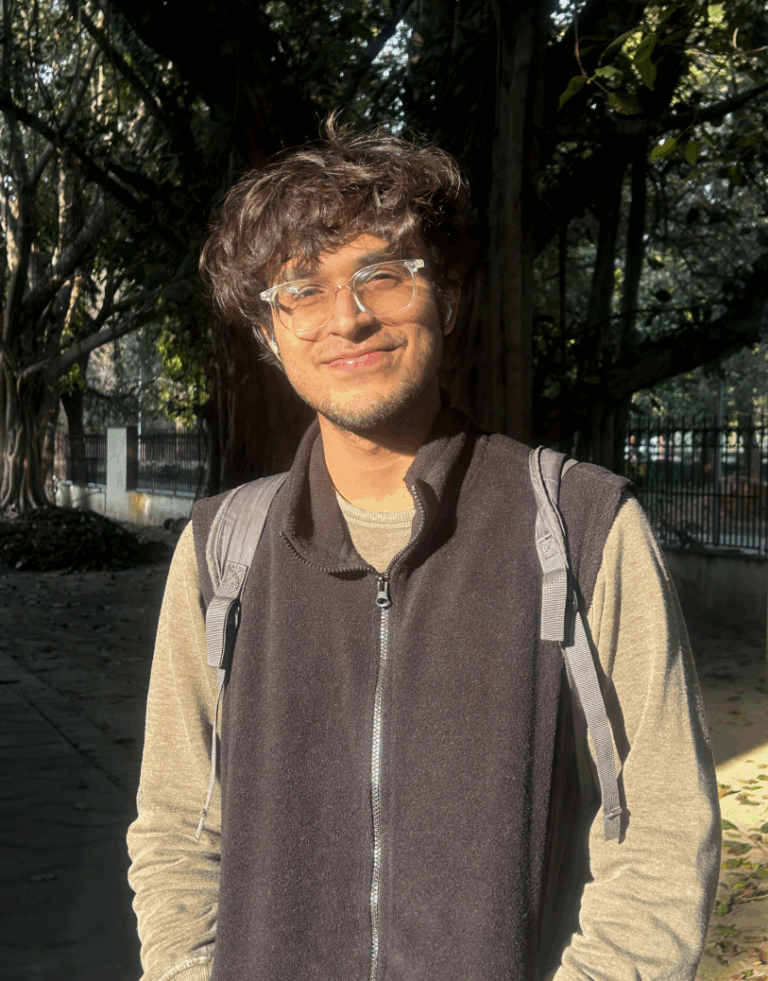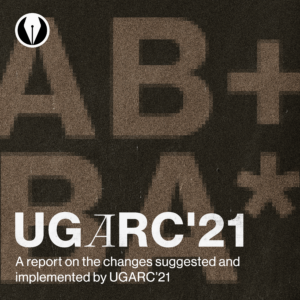Disclaimer: Vox Populi, IIT Kanpur, is the exclusive owner of the information on this website. No part of this content may be duplicated, paraphrased, or interpreted in any other way without written consent from Vox Populi. If you want to reproduce any of the content on this page, please contact our chief editors directly or reach out to us by email at voxpopuli@iitk.ac.in
Vox brings you another edition of the Campus Blueprints, in which we will explore the journey of RaSET. RaSET, short for the Rocketry and Space Exploration Team is IIT Kanpur’s newest student-led team, formed to pursue innovation in rocketry.
What Inspires Team RaSET?
We spoke to the outgoing team heads to understand what RaSET is really gunning for.
RaSET is dedicated to developing fully indigenous rockets, where every component—from the flight computer to the recovery mechanisms and propellants—is designed and developed internally. The team has made remarkable progress toward this goal, successfully manufacturing body tubes, formulating and producing propellants, and developing solid rocket engines.
Their primary focus is on crossing the Kármán Line—the boundary between Earth’s atmosphere and space. So far, only one student team in the world, based in the USA, has accomplished this feat.
As a first step on the long journey, RaSET will now also focus on creating a liquid rocket engine after mainly working on solid rocket engines. Project SagarMatha will be an initiative by the team to develop a student-built high-power bi-propellant liquid rocket engine.
The engine will be powered by Liquid Nitrous Oxide (N₂O) as the oxidizer and Ethanol (C₂H₅OH) as the fuel, using a pressure-fed system and regenerative cooling for enhanced efficiency. It will be designed to generate 7 kN (7000 N) of thrust with a specific impulse of 216 seconds and a burn time of 10 seconds. While the team has achieved success with solid propulsion previously, this liquid engine will mark a significant step toward mastering potential reusability in rocketry. Though not intended for immediate rocket deployment due to competition constraints, Project SagarMatha will serve as a flagship effort, pushing the boundaries of liquid propulsion technology at the academic level.
An idea is born
The team was the brainchild of Atharva, a Y20 student with a deep-rooted interest in space technology. Upon exploring the existing avenues related to space tech on campus, he found that while the Astronomy Club and Aerial Robotics Team were present, there was no structured initiative focusing on rocketry. The only student-led initiative he found was a project on building a nano-satellite led by a Y7 student under ISRO, to build a smallsat. This satellite went on to launch on October 13, 2011. Since then, no such work on rocketry had been done on the campus.
The summer of 2021 marked the first step towards contributing to rocketry. Atharva and members of the Astronomy Club aimed to participate in the Spaceport America Cup by building a rocket. Their first attempt to secure seed funding by becoming an SnT council project failed since the faculty advisors they had chosen lacked the relevant experience required for a team in rocketry.
By the next year, the initial enthusiasm had waned, and only a handful of Y19s remained in the initiative. In an effort to sustain the momentum, he mentored a summer project titled ‘Blast Off’ under the Astronomy Club, focusing on small-scale rocket systems. Some mentees from this project later became core members of the rocketry team.
A turning point came when Shravan, one of Atharva’s bachhas (also a mentee from Blast Off), joined forces with him. Together, they formed a new group of Y21s who shared their enthusiasm for rocketry. Realizing that sustained funding and recruitment were essential for progress, they sought advice from Ishir Roongta, the I-Sec of Teams, who recommended launching the initiative as a council project under SnT to get funds for the project.
With this guidance, they prepared another proposal, securing faculty advisors Prof. Abhijeet Kushari, Prof. Rajesh Kitey and Prof. Ashoke De to lend credibility to their cause. By early 2023, the initiative was officially recognized as a council project, granting them the initial funding to buy essential materials for the competition.
Before their official registration, they surveyed Y22 to gauge interest, receiving an overwhelming 200-250 responses. By the end of the even semester of 2024, RaSET was officially registered as a team, marking a significant milestone in its journey.
The journey so far
Like other SnT teams, RaSET comprises both junior and senior team members, all of whom are led and managed by four team heads. Regarding funding, the team’s primary sources have been the Aerospace Department and the seed fund provided by the Institute’s director. Additionally, the team relies on prize money from winning hackathons and competitions to finance their future projects.
RaSET already has a few achievements in its name.
- Prometheus is a supersonic, high-power rocket entirely designed, manufactured, and tested in IIT Kanpur, making it the first student-built supersonic rocket in India. Powered by a custom-designed K-Class solid rocket motor (95% K-class), Prometheus boasts a length of 130 mm, a diameter of 72 mm, and a maximum velocity of 1.5 Mach, with the capability to reach an altitude of 4 km. The project successfully integrated advanced avionics, system design, and recovery mechanisms. While engine tests were successfully conducted in September, regulatory constraints prevented the planned October launch, as the rocket’s simulated apogee exceeded permitted limits.
- Project June marks another major milestone in RaSET, with the successful static fire test of a K95% class solid rocket motor. Delivering a peak thrust of 2700 N and a total impulse of 2500 N·s, this feat required propellant optimization and precision manufacturing. The success of Project June reinforces the team’s expertise in high-power rocketry and lays a strong foundation for future advancements in propulsion technology.
The rocketry team has also actively participated in some of the most prestigious rocketry competitions worldwide.
- The team qualified for the Spaceport America Cup in the U.S., a rigorous competition requiring teams to pass multiple design review stages before earning the chance to launch, with their flight scheduled for May or June this year.
- While student rocketry in India is still emerging, IIT Kanpur joins a select group of Indian teams—IIT Bombay, IIT Madras, and Manipal Institute of Technology—that have competed internationally.
- Domestically, RaSET has engaged with the InSpace Rocketry Competition, one of India’s first rocketry-focused contests, and the InSpace CanSat Competition, which emphasizes satellite development.
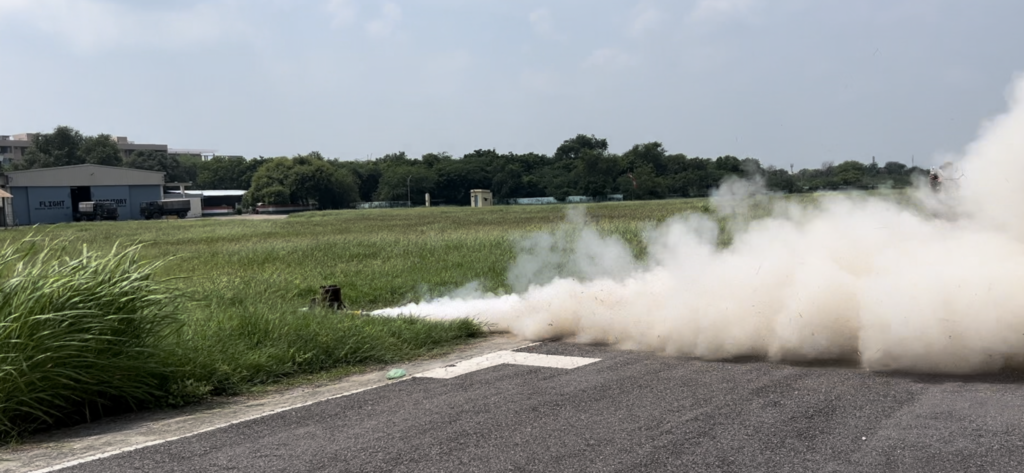
Early struggles
Over the past two years, the team has made remarkable progress, driven by their perseverance. However, until November 2023, the team did not have a dedicated space, a challenge that was addressed with the allocation of the advanced propulsion laboratory at the ESB-2 building. However, the team continues to stress the importance of securing a permanent location to ensure they are never faced with the uncertainty of relocation in the future. Despite overcoming many obstacles, some key challenges remain unresolved, such as limited funding and the lack of clear regulations for rocket launches in India.
Given that the rocketry industry in India is still in its early stages of development, the team faces significant limitations in sourcing funding from industry partners. As a result, they largely depend on the modest funds earned through competition successes and those provided by the institute at the time of the team’s establishment. This funding constraint makes it difficult for the team to participate in prestigious national and international competitions, further limiting their ability to secure funds for future projects.
Rocket launches require numerous permissions to ensure environmental safety, necessitating a well-defined set of regulations. Unfortunately, these regulations are not yet fully established in India. While some institutions, such as IIT Bombay’s rocket team, can secure permissions solely from their own institutions, IIT Kanpur still insists on approvals from multiple departments, including the police and fire departments, and other departments which have not granted the necessary permissions.
Additionally, the team faces challenges in securing access to the institute’s airstrip, a privilege granted more freely to other clubs, such as the Aero-modelling and Astronomy clubs. One team head stated, “To conduct our static fire tests during the monsoon months, we had to repeatedly seek permissions from the relevant authorities every time we had to reschedule due to rain delays, which led to continuous setbacks and delays.”
Unlike other Science and Technology teams, RaSET has no established legacy to follow. However, this absence of a legacy has also provided valuable opportunities for growth and learning. One team member proudly says, “Not having a legacy also gives us the freedom to work on the projects we are truly passionate about.”
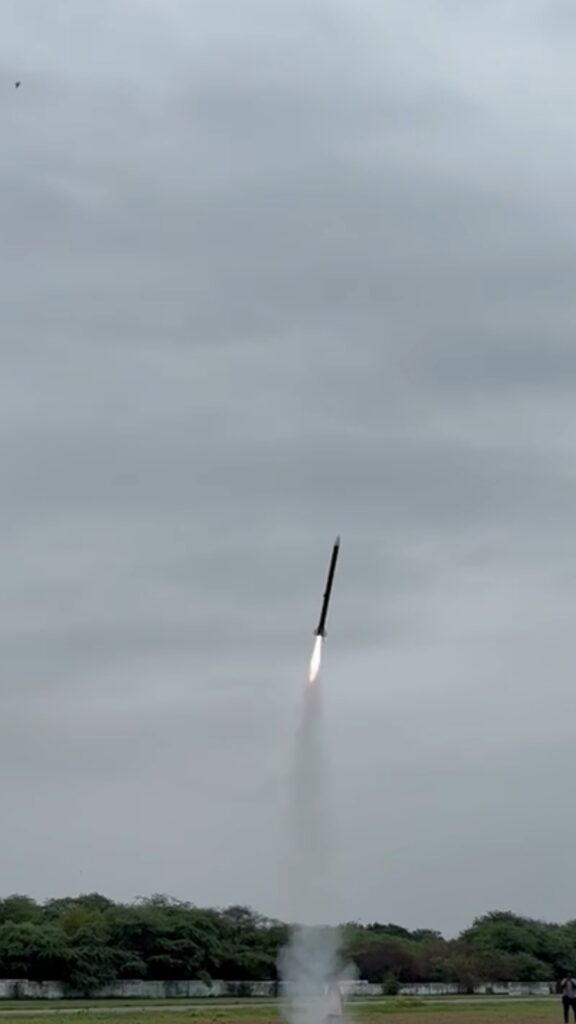
Written by: Navin Patel, Himanshu Mahale, Aashika Gupta, Disha Singh, Arin Jain, Parth Wadhawe, Sanchit Arora, Shri Vaishnavi A, Aryan Agrawal, Akash Baudh
Edited by: Pranav Agrawal
Design Credits: Pragya Puri
